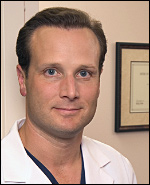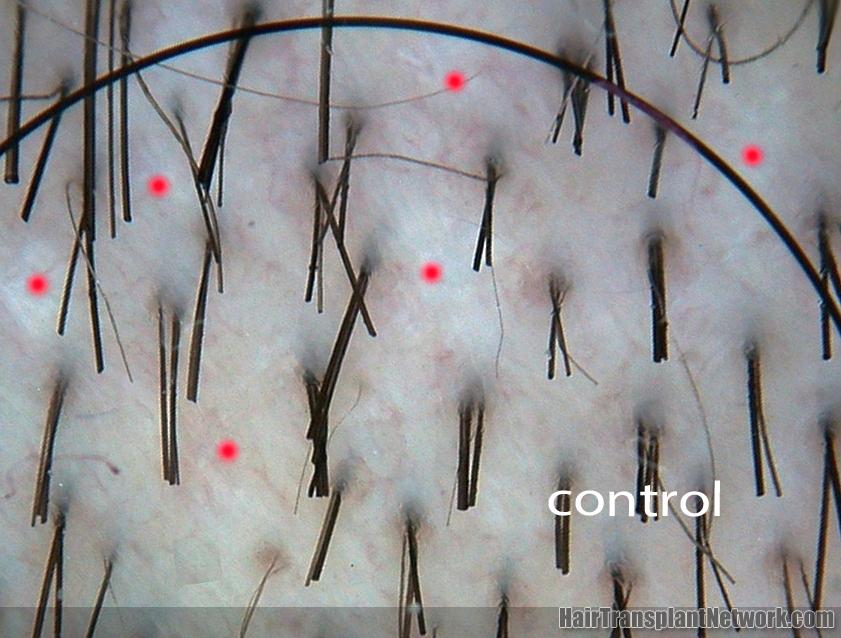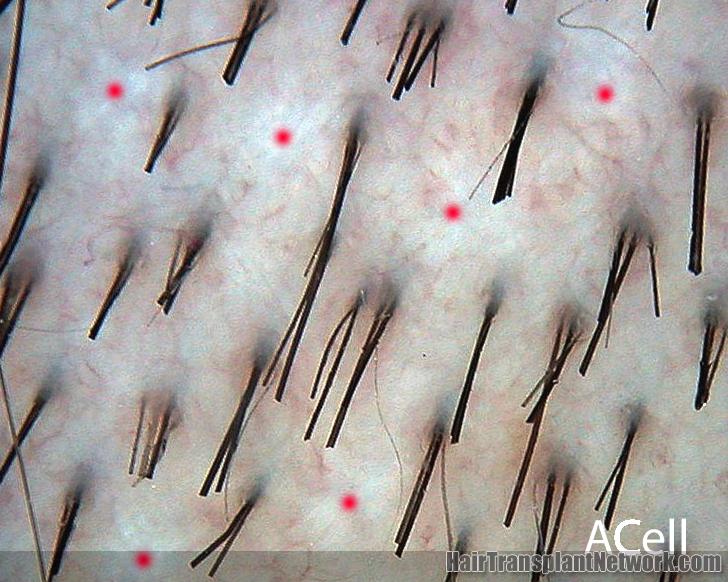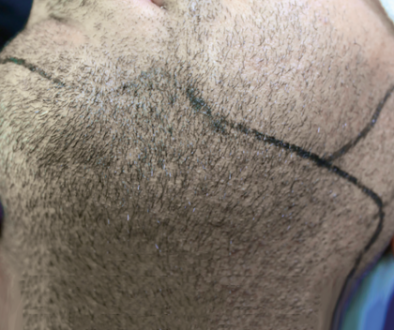Hair Transplant Surgery: The Effects of ACell on Healing and Hair Growth
This insightful hair loss information was posted on our Hair Restoration Social Community and Discussion Forums: by Dr. Jerry Cooley of Charlotte, NC who is a member of the Coalition of Independent Hair Restoration Physicians.
How does ACell work? Are there any studies to show its effectiveness in hair restoration surgery?
 Please see my recent update on ACell in the Hair Loss Q&A blog, “Updates on Hair Duplication (AutoCloning) and ACell: Hope For a Hair Loss Cure.
Please see my recent update on ACell in the Hair Loss Q&A blog, “Updates on Hair Duplication (AutoCloning) and ACell: Hope For a Hair Loss Cure.
Performing full scale blinded, controlled studies on agents that might improve hair transplant results is exceedingly difficult if not impossible. To prove something is helping and that this result did not occur by chance, you need to study 50-100 patients with a split scalp design, and follow these patients carefully with good photographs and hair counts. Virtually no clinic could do this, and would you want to be one of these study patients where one half of your transplant came out looking different than the other half?
Nevertheless, we can adopt practices and techniques that are safe and scientifically sound and begin reporting our clinical observations. This is what I have done over the years with holding solutions like HypoThermosol, PRP, ACell, and liposomal ATP. Other hair restoration physicians who have also begun using these are reporting improvements similar to mine.


Regarding ACell, I have used it for the last four years and noted consistent benefits with: reduced fibrosis (micro scarring) of the recipient skin, increased angiogenesis, and more robust looking graft growth. As an example of this, the above photos show two follicular unit extraction (FUE) sites: one treated with ACell, the other not treated (control). When a vasodilator was applied to the skin to make the capillaries appear, the ACell treated side has numerous healthy capillaries whereas the control does not. What this means is that whether we are talking about ACell treated donor strip scars, FUE sites, or the grafted area and recipient skin, there will be more healthy blood flow and decreased fibrosis with the use of ACell, and this is a permanent effect, as proven with these photos 2 years after the surgery. It may be a subtle effect, but it is one more thing we can do to optimize our results and ensure that future transplants will be just as successful.
Regarding ATP, this is a natural compound that is the energy source for cells. We need oxygen and glucose so our cells can make ATP, which then serves as the fuel for everything that goes on in the cell. Because hair follicle grafts lack their own blood supply for several days after a hair transplant, they have to absorb oxygen from a distance. If they don’t get enough, they won’t survive. By having my patients apply post op ATP, I have seen more consistent and early hair growth. It is a special liposomal formula. I have been working with a company which has been developing this product and it will soon be on the market so other physicians and their patients can use it as well.
Dr. Jerry Cooley
—-
David (TakingThePlunge)
Editorial Assistant and Forum Co-Moderator for the Hair Transplant Network, the Coalition Hair Loss Learning Center, and the Hair Loss Q & A Blog.
To share ideas with other hair loss sufferers visit the hair loss forum and social community
Get Proven Treatments at the Best Prices by visiting our new online hair loss treatment shop.
Technorati Tags: ACell, hair restoration, AutoCloning, hair transplant, follicular unit extraction, FUE, hair growth



